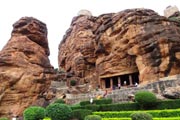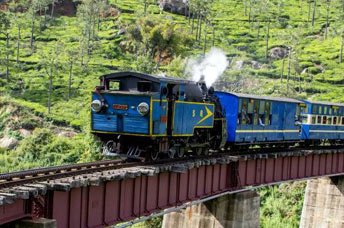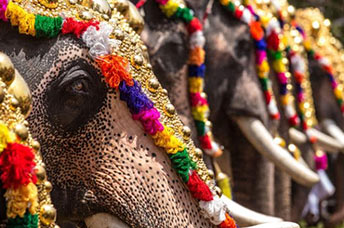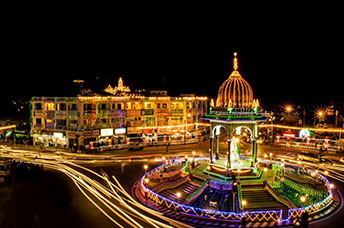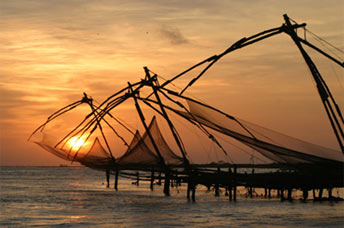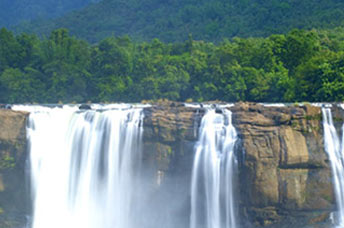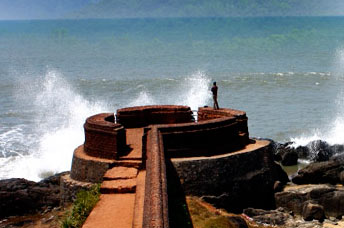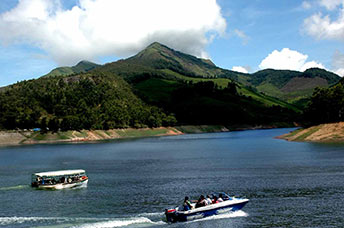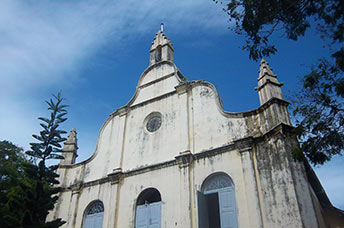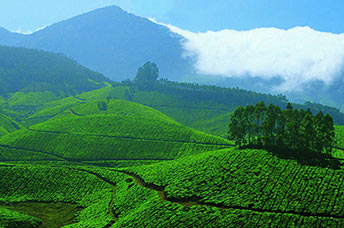Badami formerly known as Vatapi, was once the capital of the Badami Chalukyas from 540 to 757 AD, situated in a ravine at the foot of a rugged, red sandstone outcrop that wraps itself around the Agastya lake.
Badami consists of beautifully carved rock caves set around the Agasthya Theertha tank with distinct influences of Hindu Brahminica, Buddhist and Jaina and Dravida temple art with enormous sculptures illustrating different stages of experimentations in the evolution of the art form. The history of Badami records the capitulation of the city in conclusion of the war between the Chalukya and Pallava dynasties. Narasimhavarman the victorious Pallava king in his rage, destroyed most of Badami and the ruins today are evocative of many fascinating legends of a Badami in its heyday.
The ruins of the city are also surrounded by many pre-historic places with rock shelters, megalithic burial sites and paintings and in the north and south by forts built much later, after the decline of the Chalukyas.


